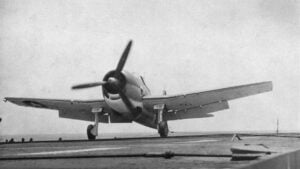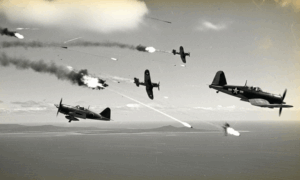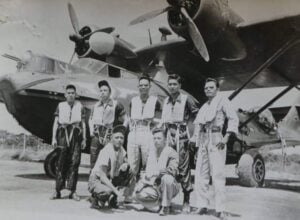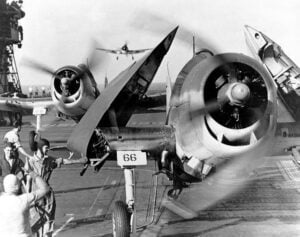The Most Dangerous Pilot America Ever Faced

YouTube / Dark Docs
In the early 1970s, American intelligence began picking up radio chatter about a mysterious and deadly North Vietnamese pilot. His name was said to be Colonel Tomb, a fearless MiG-17 ace credited with shooting down as many as 14 American aircraft. To U.S. aviators, he was the most dangerous pilot they had ever faced.
The Legend of Colonel Tomb
According to reports, Tomb was a lone wolf: bold, aggressive, and highly skilled. His reputation grew quickly, and American commanders even made his defeat a top priority. But for months, no one could find him.

That changed on May 10, 1972, during Operation Linebacker. Navy pilots Lt. Randy “Duke” Cunningham and Lt. (j.g.) William Driscoll were flying their F-4 Phantom on a mission over North Vietnam when they encountered several MiG-17s. Cunningham shot down two enemy aircraft before spotting another jet diving toward him—marked with the number 3020.
It was Colonel Tomb.
The two fighters twisted through the sky in one of the most intense dogfights of the Vietnam War. Tomb matched every move Cunningham made, forcing the American pilot into dangerous low-speed turns. Running out of options, Cunningham lit his afterburners, gained altitude, and swung back for another pass. This time, his Sidewinder missile found its target. Tomb’s MiG burst into flames and spiraled toward the ground with no parachute in sight.

Tomb was gone… or so the story claimed.
The Myth Behind the Man
After the battle, Cunningham and Driscoll were celebrated as America’s first aces of the Vietnam War. Newspapers praised their victory over the “Red Baron of Vietnam.” Yet years later, historians discovered that much of the story didn’t add up.
For one, neither Cunningham nor Driscoll was actually a graduate of Top Gun, despite reports saying so. Both men later taught at the school, but their connection had been exaggerated to promote the struggling Navy program.

More importantly, Colonel Tomb may never have existed. When U.S. researchers later interviewed North Vietnam’s surviving pilots, they were puzzled. “Colonel who?” they replied. No pilot named Tomb or Tune appeared in any official records.
Some historians believe the name was a simple misunderstanding of similar Vietnamese surnames. Others think Tomb was a composite—a myth born from several pilots’ achievements combined into one legend.
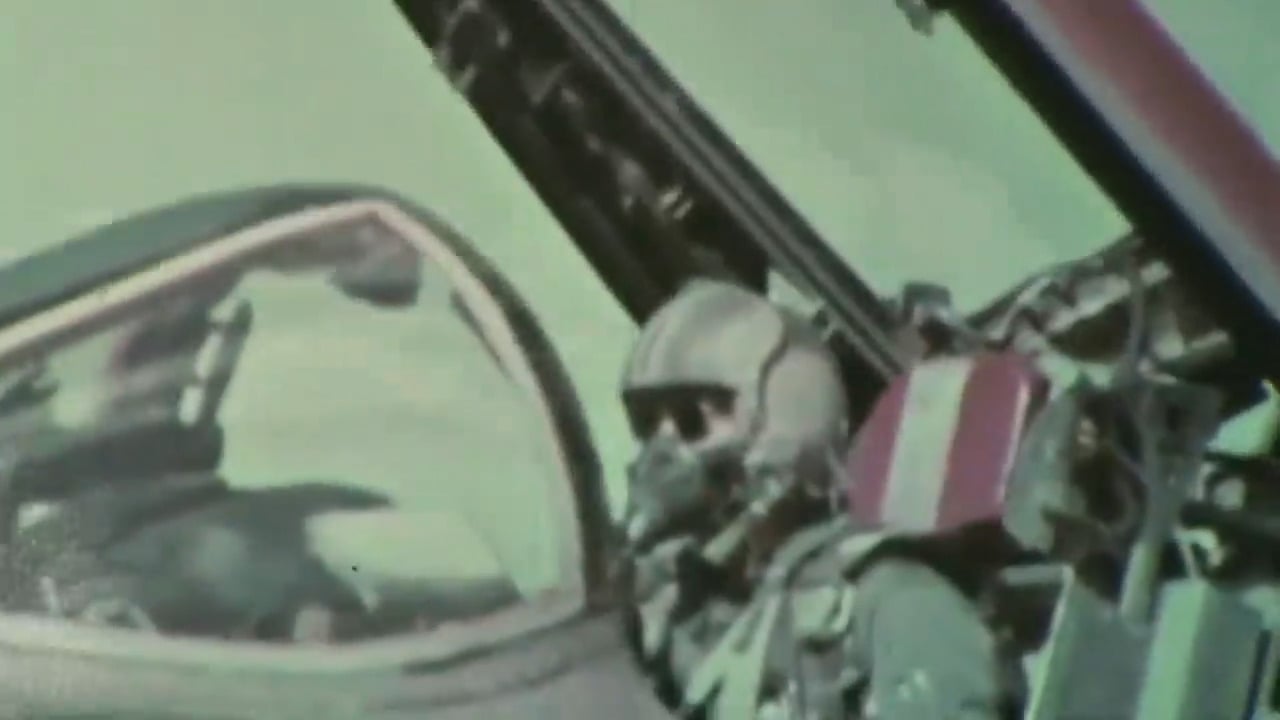
Why the Legend Endured
To many Americans, the story of Colonel Tomb served a purpose. As historian Roger Bonifas noted, believing in a legendary enemy helped pilots cope with defeat and loss. If they were beaten, it wasn’t by chance: it was by a phantom ace who symbolized Vietnam’s unyielding spirit.
Whether real or imagined, Colonel Tomb became the face of America’s toughest battles in the air, embodying the myth and mystery of a war that refused to fit into simple victories or defeats
















